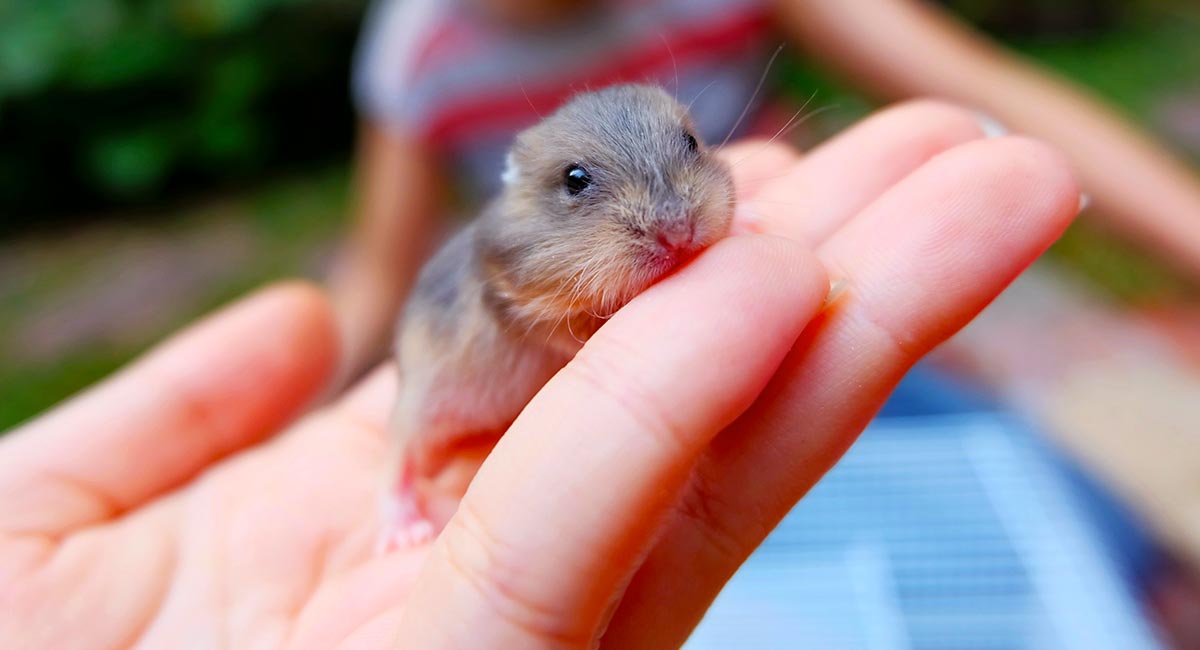Dogs that experience separation anxiety are the ones that have
created a very deep bond, dependence, or attachment with their pet
owners or a member of the owner's family. When such a dog is separated
from its owner or carer, this dog could experience anxiety or
nervousness, and it could show some distress behaviors just like potty
accidents, constant barking, inactivity, or some form of destructive
behavior.Separation anxiety signs could be shown early, sometimes as
soon as the owner or carer prepares to leave the dog. A
separation-anxious dog may refuse to eat, pant extensively, eliminate,
salivate a lot, or even become destructive at home. In other cases, the
separation-anxious dog would suddenly turn withdrawn or quiet. When the
owner or carer returns, a separation-anxious dog would become very
excited. Separation anxiety can be addressed by using the same process
or techniques used by experts in dealing with other types of anxiety.
Sudden changes in your pet’s behavior should warrant an appointment with your veterinarian Flat Rock, NC.





